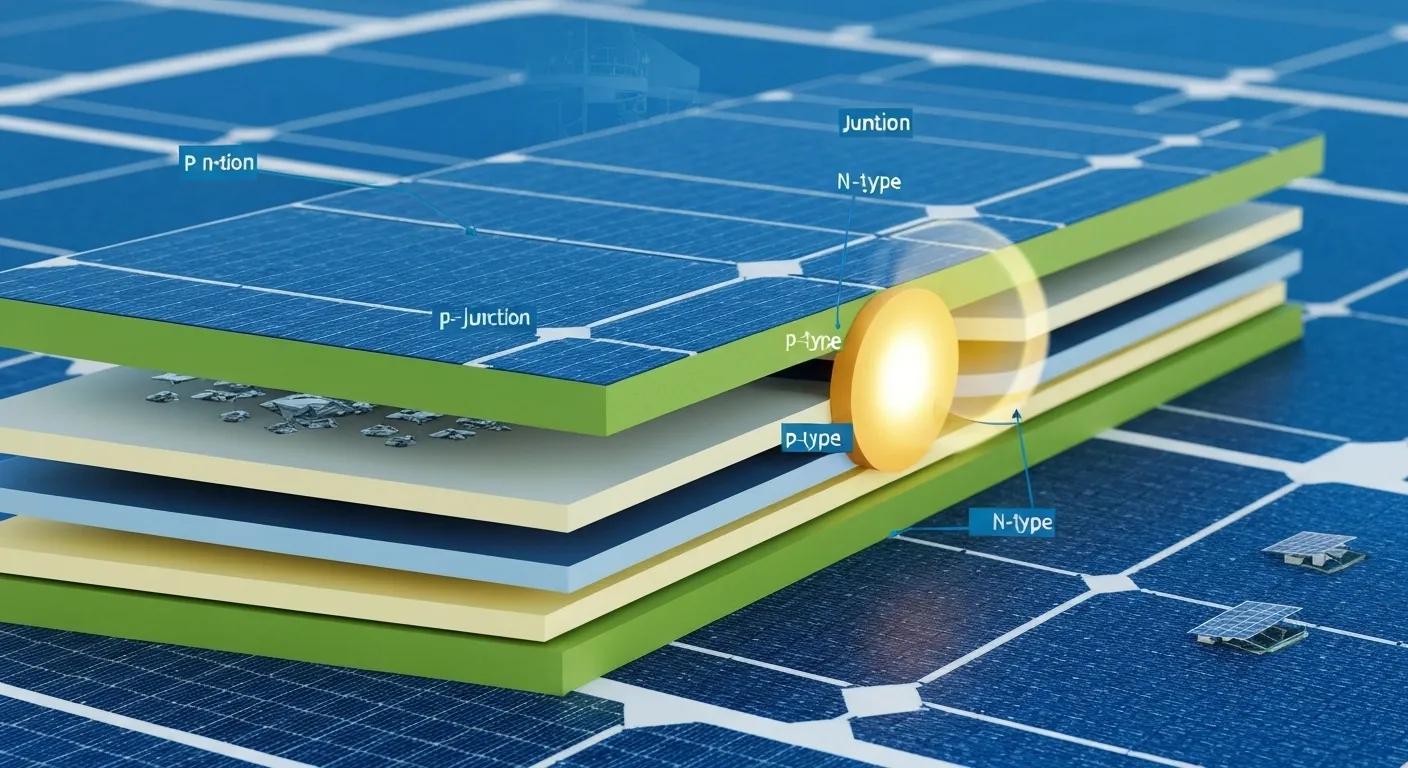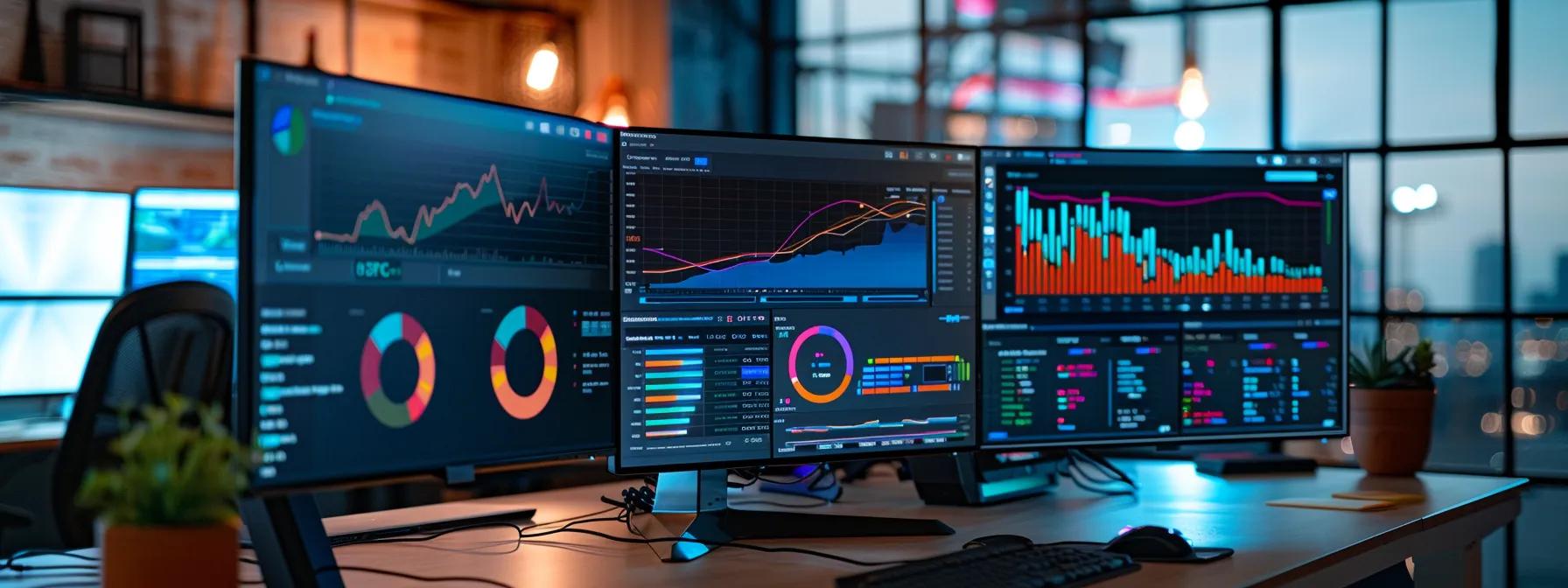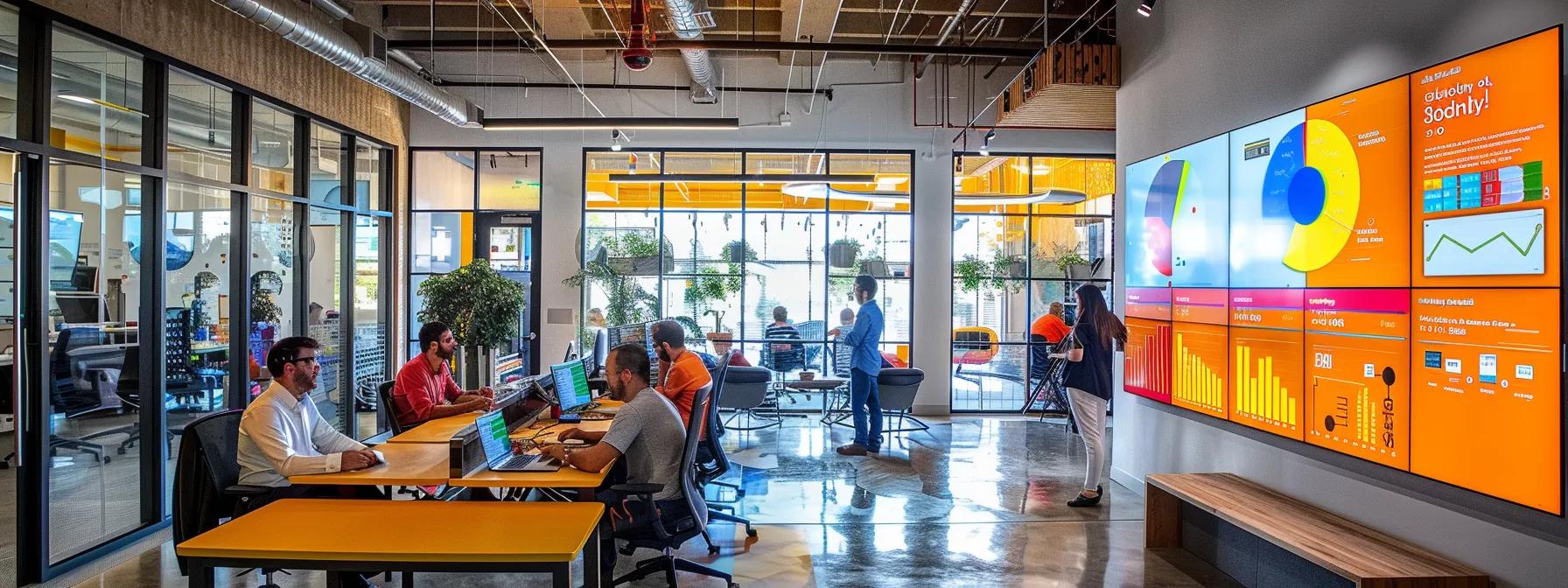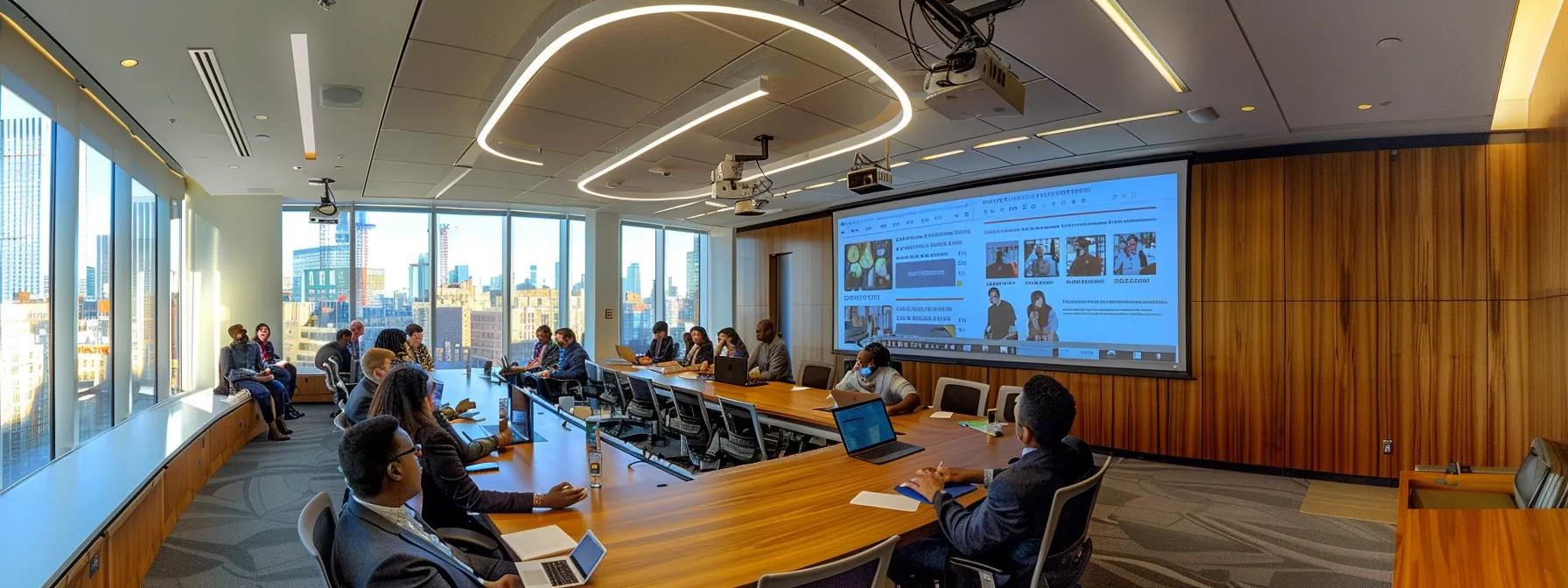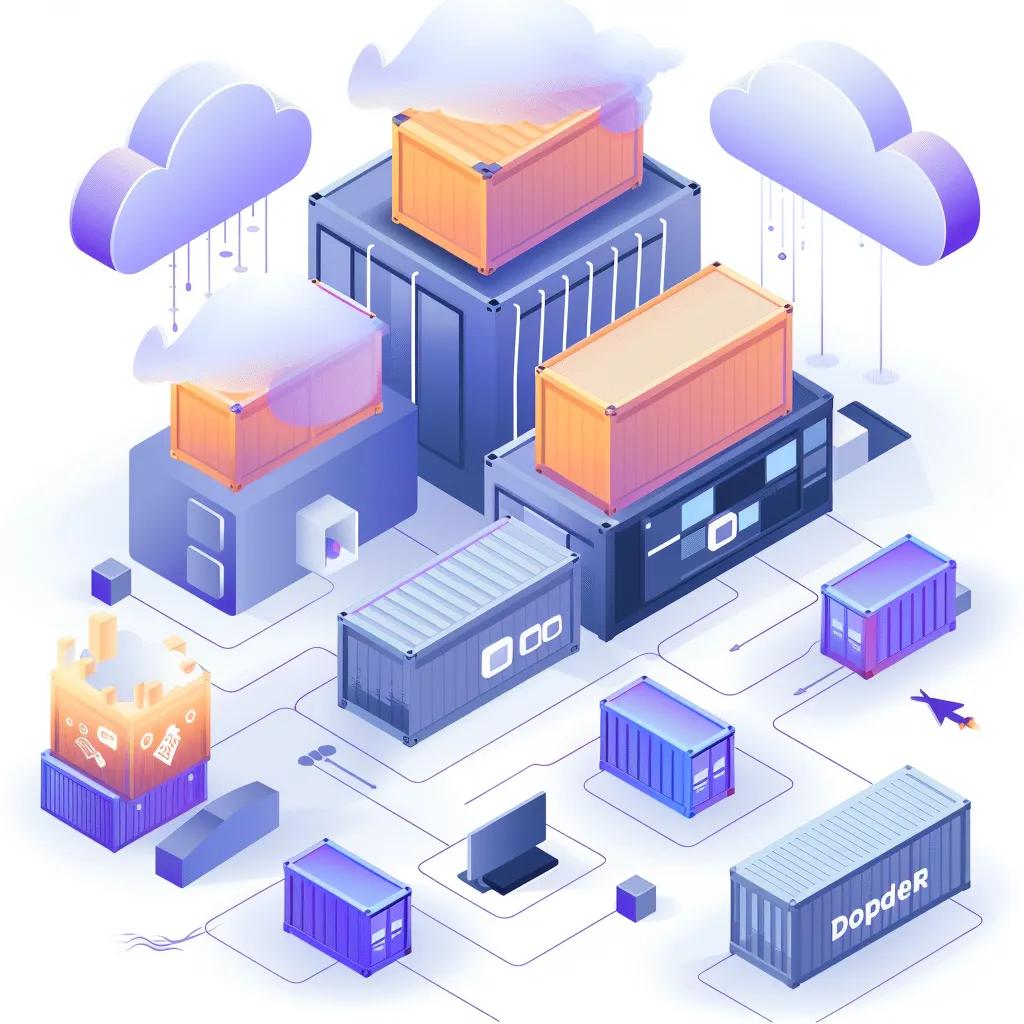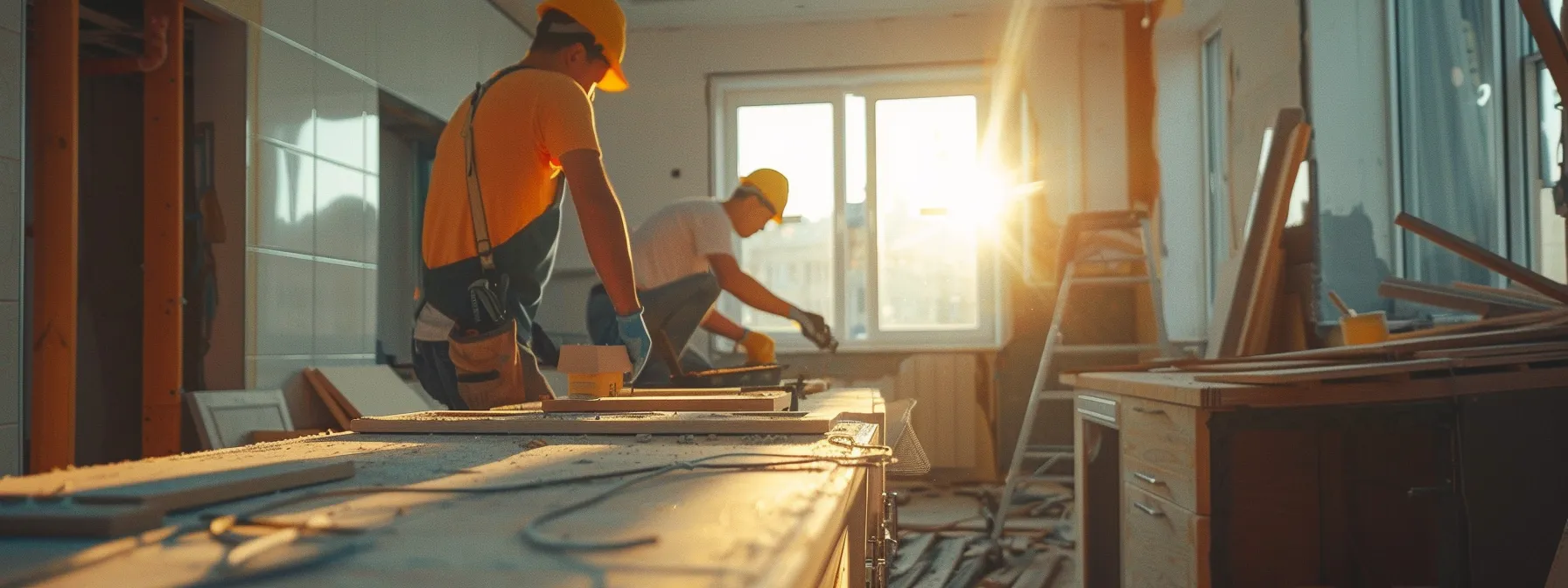
of Cost: Comprehensive Guide to Installation, Replacement, Repair, and Solar Roof Pricing


A new roof installation or full replacement represents a major investment—on average $9,500 in the U.S.—that protects your home from weather damage and adds resale value. This guide delivers transparent roof cost insights, covering installation and replacement expenses, material price comparisons, solar roof investment analysis, repair versus replacement trade-offs, key cost drivers, financing strategies, and accurate estimate procedures. By unpacking these topics, you’ll gain actionable clarity on budgeting, selecting materials, leveraging incentives, and maximizing long-term return on investment for your roofing project
How Much Does It Cost to Install or Replace a Roof?


A roof installation or replacement involves removing old roofing layers and installing new materials, typically costing between $7,000 and $14,000 for an average 1,500 sq ft home. This investment secures structural integrity and energy efficiency, helping prevent leaks and improve insulation. Understanding cost components ensures accurate budgeting for materials, labor, permits, and teardown fees.
What Is the Average Roof Replacement Cost?
The average roof replacement cost stands at $9,500, with most homeowners paying between $5,800 and $14,500. This range reflects variations in roof size, materials, and labor rates. Roof replacement hasCost average $9,500 while providing upgraded protection and warranty coverage to safeguard your property for decades.
Average Roof Replacement Cost
The average cost for a roof replacement in the U.S. is approximately $9,500, with a range typically falling between $5,800 and $14,500. This cost varies based on factors such as the size of the roof, the materials used, and labor rates in the local area.
This citation supports the article’s claims regarding the average cost of roof replacement, providing a credible source for the financial estimates.
How Do Roof Size and Pitch Affect Installation Costs?
Roof size and pitch directly influence labor time and material quantity. Steeper pitches require additional safety equipment and longer installation hours, increasing costs by up to 20%. For example, a 2,000 sq ft roof at 6/12 pitch typically adds 10–15% to the base installation cost compared to a 3/12 pitch roof, reflecting higher complexity and risk.
What Are Labor Costs for Roofing Projects?
Labor accounts for roughly 50–60% of total roof replacement cost, averaging $3.00–$7.00 per square foot. Professional roofers charge $40–$90 per hour per worker, with factors such as crew size, project duration, and local wage rates affecting final figures. Investing in experienced crews promotes quality workmanship and reduces rework.
How Much Do Permit and Removal Fees Add to Roof Cost?
Local building permits and old roof removal fees are often overlooked hidden costs. Permit fees range from $200 to $1,000 depending on jurisdiction, while tear-off and disposal costs add $1.00–$2.00 per square foot. Adding permit and removal fees ensures complete budgeting for regulatory compliance and waste management, avoiding surprises during project execution.
What Are the Costs of Different Roofing Materials?
Roofing materials vary widely in upfront cost, lifespan, and maintenance requirements. Comparing material price per square foot helps align budget with performance expectations and long-term durability.
Below is a cost comparison table outlining common roofing materials and their typical cost attributes:
How Much Does Asphalt Shingle Roofing Cost?
Asphalt shingle roofing offers affordability and ease of installation, costing $1.00–$1.20 per square foot. Its cost-effectiveness makes it the most common choice, with a typical lifespan of 20–30 years and straightforward maintenance requirements that support reliable weather protection.
What Are the Price Ranges for Metal Roofing Types?
Metal roofing divides into standing seam and corrugated profiles. Standing seam metal roof cost averages $4.00–$12.00 per square foot, offering high durability and sleek aesthetics. Corrugated metal runs $4.00–$8.00 per square foot, combining moderate cost with ease of installation and corrosion resistance.
How Much Do Tile, Slate, and Wood Shingle Roofs Cost?
Tile and slate roofs fall at the premium end, with clay or concrete tiles at $10.00–$18.00 per square foot and natural slate at $15.00–$30.00. Wood shake or shingle roofs cost $6.00–$10.00 per square foot, providing rustic appeal but requiring periodic treatment and vigilance against moisture.
How Does Roofing Cost Per Square Foot Vary by Material?
Analyzing cost per square foot across materials clarifies budget allocation and ROI projections. Asphalt shingle roofs minimize initial outlay, while metal and tile roofs invest more upfront for extended longevity and potential energy savings through reflective coatings and thermal mass advantages.
What Are the Costs and Benefits of Solar Roof Installation?


Solar roof installation integrates photovoltaic panels or solar shingles with traditional roofing, transforming roof cost into an energy-producing asset. Investment in solar systems averages $15,000–$40,000 before incentives, providing clean energy generation and property value enhancement.
Solar Roof Cost and Incentives
Solar roof installations can range from $15,000 to $40,000 before incentives, with federal tax credits potentially covering 26–30% of the total system cost. These incentives, along with state and local rebates, can significantly reduce the net cost of solar installations.
This citation provides support for the financial aspects of solar roof installations, including costs and available incentives, which are key points in the article.
Below is a table summarizing typical solar roof cost metrics:
How Much Does It Cost to Install Solar Roof Panels?
Solar roof panels cost $2.75–$3.25 per watt installed, translating to $15,000–$30,000 for a 6 kW system before tax credits. This price includes panels, inverters, wiring, and labor, transforming your roof into a power generator that offsets grid electricity expenses.
What Federal Tax Credits and Incentives Reduce Solar Roof Cost?
The federal Investment Tax Credit reduces solar roof cost by 26–30% of total system expense through annual tax credits. Coupled with state and utility rebates, these incentives can lower net solar installation cost by thousands, accelerating payback and increasing project value.
What Is the Payback Period for Solar Roof Investments?
Solar roof payback period spans 7–12 years, depending on energy usage, electricity rates, and incentive levels. After breakeven, ongoing energy savings directly boost household budgets, with solar panels typically lasting 25–30 years, maximizing return on initial roof cost.
How Does Tesla Solar Roof Cost Compare to Traditional Solar Panels?
Tesla Solar Roof tiles deliver integrated aesthetics and a 25–30 year warranty at $70–$75 per square foot, compared to $2.75–$3.25 per watt for traditional panel installations. While Tesla’s approach demands higher upfront roof cost, its seamless design and extended lifespan appeal to homeowners prioritizing architectural integration.
How Much Does Roof Repair Cost Compared to Replacement?
Roof repair involves fixing localized issues and generally costs less than full replacement. Average repair expenses range from several hundred to a few thousand dollars, preserving existing structure and extending roof life when damage is limited.
What Is the Average Cost to Repair Roof Leaks?
Repairing a roof leak typically costs $300–$1,100, depending on leak size, location, and material. Minor shingle replacements and flashing repairs handle most leaks, providing an economical solution that restores watertight integrity and prevents interior damage.
How Much Does Shingle or Skylight Repair Cost?
Shingle repair runs $150–$400 per incident, while skylight repairs cost $200–$1,000 based on seal replacement, glass repair, or frame adjustments. Addressing these targeted repairs swiftly reduces roof deterioration and postpones full replacement expenditures.
When Is Roof Repair More Cost-Effective Than Replacement?
Roof repair is more cost-effective when damage affects under 30% of the surface area, aging remains within warranty thresholds, and underlying structure is sound. Opting for targeted repairs preserves budget flexibility while maintaining roof performance for several more years.
What Factors Influence Overall Roof Cost?
Several intertwined factors drive total roof cost, ranging from physical attributes to regulatory requirements. Recognizing each factor ensures precise budgeting and informed decision-making.
Key cost drivers include:
- Location and Climate – Regional labor rates and weather conditions shape pricing.
- Roof Size, Shape, and Pitch – Larger area and complex geometry increase material waste and labor.
- Material Selection – High-end materials raise upfront cost but extend lifespan.
- Contractor Experience and Warranty – Established professionals command premium rates for quality assurance.
- Permits and Structural Repairs – Local permits and necessary deck or framing repairs add hidden fees.
How Can You Finance Your Roofing Project and Maximize ROI?
Financing options for roofing projects enable manageable payments and long-term value enhancement. Leveraging appropriate financing aligns roof cost with cash flow and investment goals.
Common financing methods:
- Home equity loans and lines of credit offer tax-deductible interest and competitive rates for major projects.
- Personal loans and zero-interest credit cards support smaller repairs or upgrades.
- Contractor payment plans break the total roof cost into installment schedules.
- Solar loans and PACE (Property Assessed Clean Energy) programs specifically fund renewable roof installations.
Choosing financing that matches project scope and ROI expectations ensures roof investment contributes to home value increases and energy savings.
How Do You Get an Accurate Roof Cost Estimate?
Accurate roof cost estimates depend on detailed project specifications and professional assessment. Providing comprehensive information to contractors yields precise quotes and minimizes budget adjustments.
Essential details for a precise quote:
- Overall roof size in square feet and multifaceted geometry notes.
- Chosen roofing material type, brand, and desired warranty coverage.
- Current roof condition, including existing layers and structural soundness.
- Local building codes, permit requirements, and any planned structural repairs.
- Accessibility and site conditions, such as steep pitches or intricate valleys.
Requesting itemized proposals that list material, labor, permit, removal, and cleanup costs fosters transparency and empowers you to compare contractor bids effectively.
- Compile accurate roof measurements and material preferences before solicitation.
- Interview multiple reputable contractors, verifying insurance, licensing, and warranties.
- Schedule on-site inspections to validate conditions and uncover hidden repairs.
- Review line-item estimates, clarifying any variances in labor rates or material grades.
Following this structured estimate process ensures the final roof cost aligns with project expectations and prevents unexpected expenses.
Roof cost estimates guide financial planning and selection of the optimal roofing solution while protecting your investment and home integrity.
A well-budgeted roofing project, informed by material comparisons, incentive leverage, and accurate estimates, delivers lasting protection and energy savings that contribute to property value appreciation. By evaluating repair versus replacement, understanding cost drivers, and selecting suitable financing, homeowners can confidently manage roof cost and maximize return on their roofing investment.




